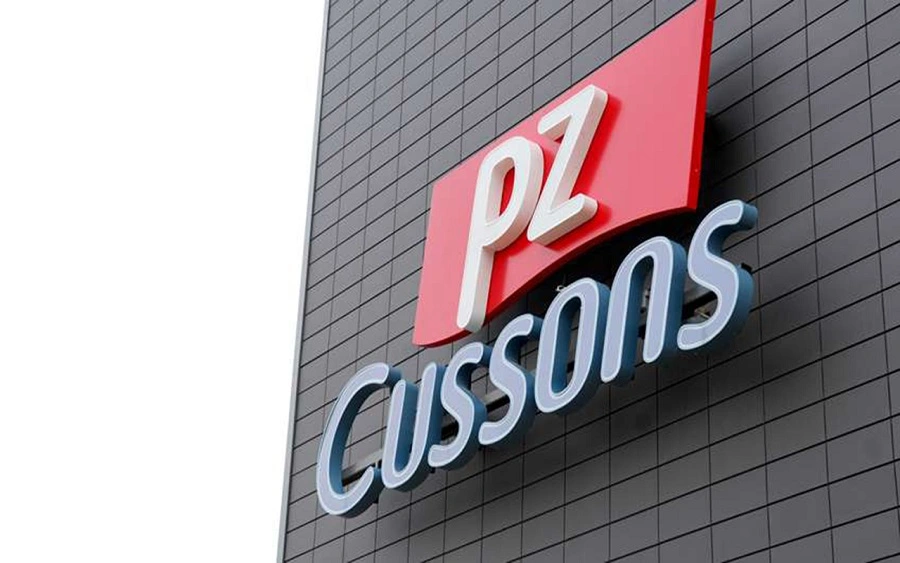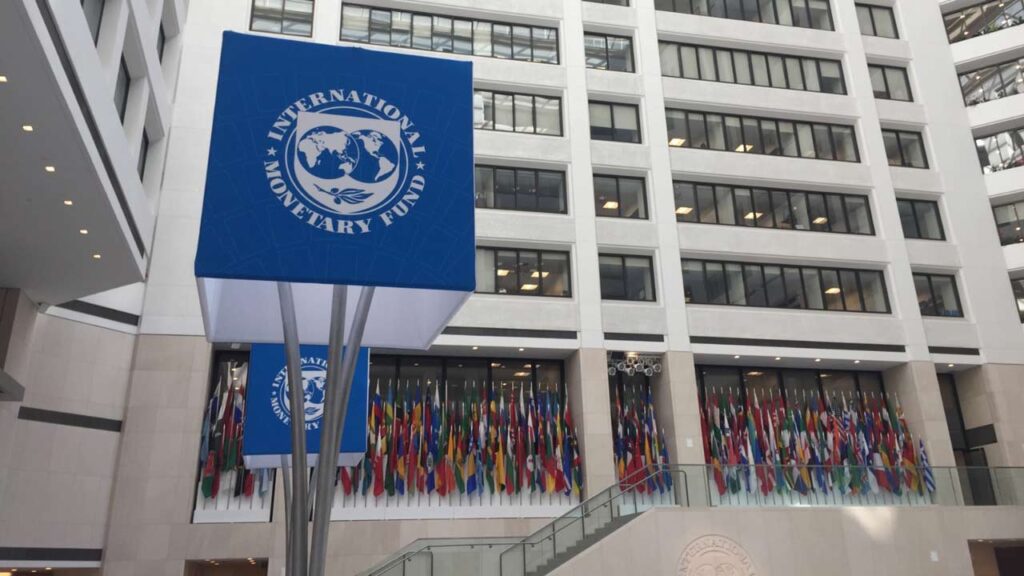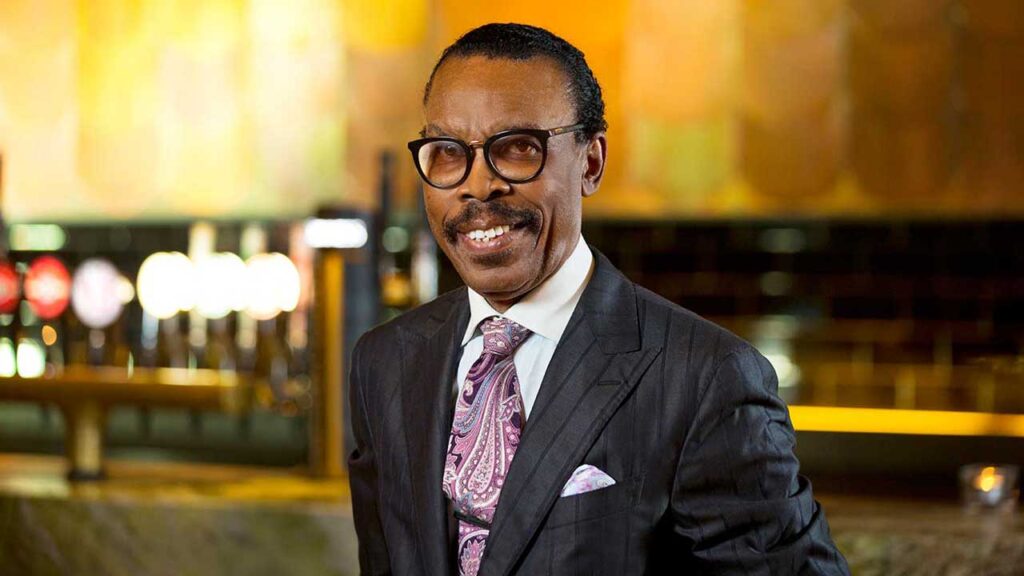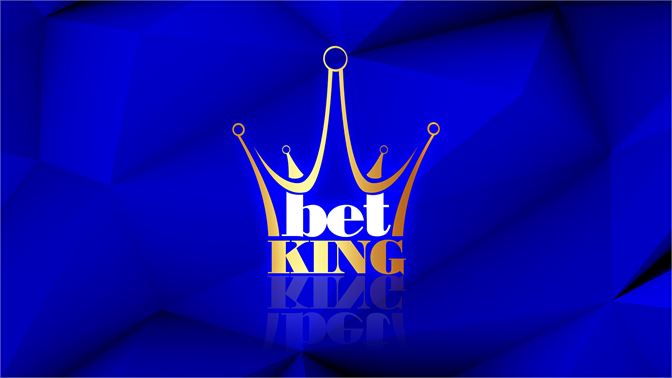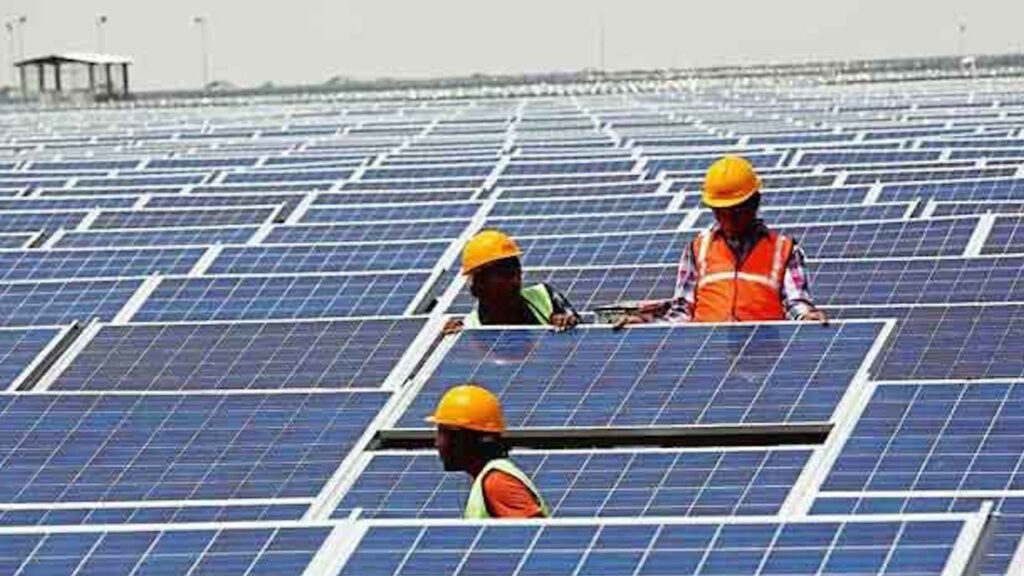
Print and Out-of-Home (OOH) advertising media recorded the slowest Compound Annual Growth Rates (CAGR) of -5.1 per cent and -3.2 per cent, respectively, in the country’s marketing communication over six years from 2018 to 2023.
Print media held the lowest share among all mediums in total marketing communication spend, accounting for only 0.8 per cent of total expenditure, totaling N19.2 billion. In contrast, OOH had a share of 6.2 per cent, amounting to N148.2 billion.
Despite this, the Nigerian marketing communications industry has experienced an upward trajectory, with a CAGR of 18.7 per cent over the six years, reaching a peak of N605.2 billion in 2023.
These figures were reported by the Advertising Regulatory Council of Nigeria (ARCON) in collaboration with PricewaterhouseCoopers (PwC), highlighting the economic contribution of the marketing communications industry to the Nigerian economy.
According to the report, the top three contributors to marketing communication spend were cable at 25.5 per cent, digital at 18.5 per cent, and creative content production at 13.4 per cent.
Presenting the report at a media briefing in Lagos, the Chairman of the Gross Domestic Product (GDP) Multiplier Study Committee, Femi Adelusi, stated that the growth in total marketing communication spending between 2018 and 2023, with a CAGR of 18.7 per cent, was due to increased spending on radio, cable, and digital communication channels.
The report indicated that Cable TV accounted for 25.5 per cent of total marketing communication spend, making it the industry’s largest contributor with a total expenditure of N609.3 billion, growing at a CAGR of 28 per cent.
The digital medium segment accounted for 18.5 per cent, or N442.3 billion, of total marketing communication spend, with a CAGR of 23.1 per cent.
The Creative and content production spending accounted for 13.4 per cent of total MARCOM spend, with a cumulative expenditure of N274.9 billion and a CAGR of 15.8 per cent.
The report noted that radio accounted for 5.1 per cent of total spending, amassing N122.82 billion with a CAGR of 33.6 per cent, while terrestrial TV advertising constituted 4.8 per cent of total spend, reaching N114.2 billion with a CAGR of 6.9 per cent.
Adelusi explained that the low growth rates in print media were primarily due to the shift to digital platforms for news and information, which are more timely than traditional print.
He added that spending on print is driven by statutory requirements for publishing financial statements and other updates, along with government mandates for newspaper placements like name changes and legal notices.
Adelusi said the decline in OOH growth was attributed to the increased adoption of digital advertising, which offers the benefits of measurability and adaptability.
According to him, spending on digital, mobile, and social media ads continues to reduce OOH’s share of total marketing budgets.
Adelusi attributed the surge in radio spending in the last two years to its cost-effective advertising packages and lower production costs, offering greater cost-benefit for airtime purchases.
He said radio also provides hyper-targeting capabilities, allowing businesses to reach specific local audiences effectively.
Additionally, the production and airing of radio ads are quicker than those for TV or print, providing a fast-advertising solution.
He said with the advent of internet-connected devices, traditional radio has expanded to digital platforms, broadening its reach and adapting to modern listening habits.
Adelusi emphasised the growth in spend via terrestrial TV was driven by its ability to reach a wider audience than cable TV and the increase in advertising rates for selected programs by some television players.
He said while advertisers may prefer investing in cable, terrestrial TV offers a more cost-effective option, noting that many stations have also migrated to cable platforms, creating further opportunities for advertisers.
Adelusi stated that the proliferation of smartphones, increased social media engagement, and the real-time appeal of online content have boosted spending on creative and content production.
He also highlighted the rise in investment by video-on-demand platforms such as Netflix and Amazon Prime in Nigeria, which reflected in the increasing number of Nollywood productions on these platforms, has also contributed to this growth.
Spending on digital media, according to him, was driven by increased internet and broadband penetration, the proliferation of mobile phone connections, greater usage of social media, and video-on-demand platforms (VOD).
He said the shift from traditional media like print to the digital space has bolstered growth in digital spending.
Speaking earlier, the Director General, ARCON, Dr Olalekan Fadolapo, said the marketing communications industry’s contribution to the economy and GDP is significant.
He said advertising is an economic enabler, with a significant multiplier effect on the GDP of nations, adding that it is important to know the size of the industry to ascertain its exact contribution.


